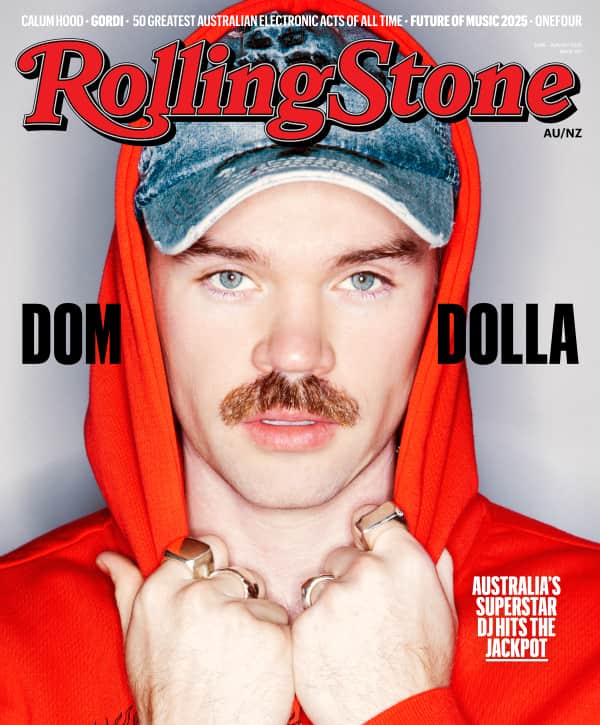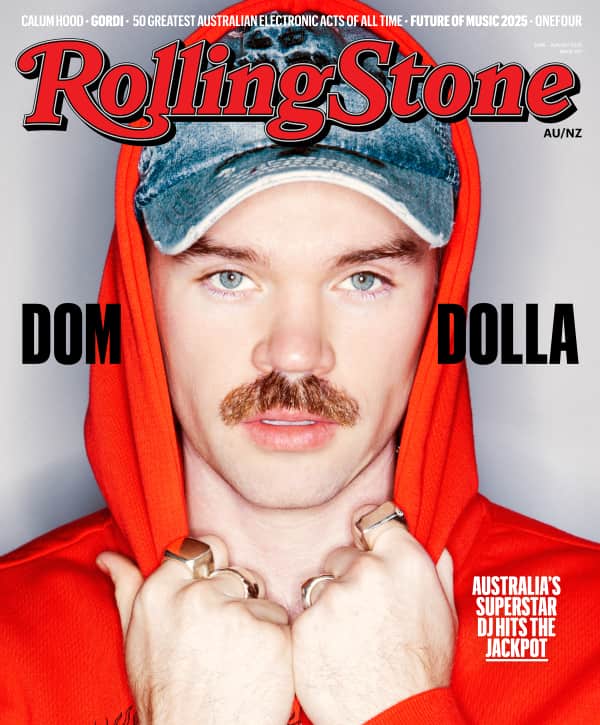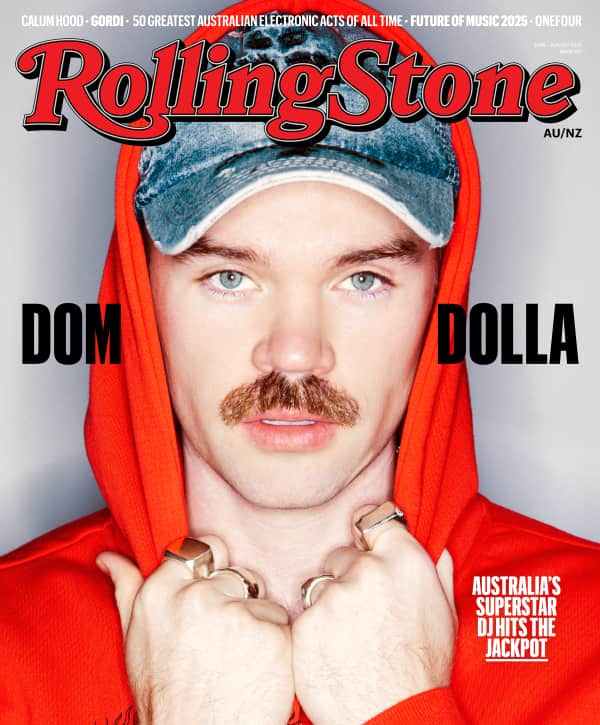The 200 Greatest Hip-Hop Albums of All Time
These are the albums that have defined hip-hop history — from Run-DMC to Playboi Carti, from G-funk to drill, from the Bronx to Houston, and beyond

Photo illustration by Sarah Rogers for Rolling Stone. Images in illustration by Michael Stewart/WireImage; Paras Griffin/Getty Images; Rich Fury/Getty Images; Rick Kern/Getty Images; Al Pereira/Michael Ochs Archives/Getty Images; John Shearer/Getty Images; Paras Griffin/WireImage
Two hundred seems like an almost luxuriantly expansive number when you’re making an albums list, and in any other genre, maybe it would be. But the history of rap LPs is so rich and varied, we were forced to make some painful choices — there are so many iconic artists with deep catalogs, so many constantly evolving sounds and regional scenes. That’s one reason we limited our scope to English language hip-hop. Relatedly, a list of hip-hop-adjacent albums from the worlds of dancehall or reggaeton or grime would be fun and fascinating, and something for us to revisit down the road.
When confronted with a choice between the third (or fourth or fifth) record by a classic artist (Outkast, for instance, or A Tribe Called Quest) and an album from an artist who would make the list more interesting (The Jacka or Saba or Camp Lo), we tended to go with the latter option. The result was a list that touches on every important moment in the genre’s evolution — from compilations that honor the music’s paleo old-school days, to its artistic flourishing in the late Eighties and early Nineties with Public Enemy, De La Soul, Eric B. and Rakim and others, through the gangsta era, the rise of the South, the ascendance of larger-than-life aughts superstars like Jay-Z and Kanye West and Nicki Minaj, and on and on into more recent moments like blog-rap, emo-rap, and drill, from New York to L.A. to Houston to Chicago, and beyond.
As we dug and listened, we found ourselves a little less swayed by “golden age” mystique than we might’ve been had we done this list 10 or 15 years ago. One of the incredible things about hip-hop is that it evolves and expands faster than any other genre in music history. To a fan coming up in the era of Cardi or Tyler or Polo G or Playboi Carti, the golden age is now.
From Rolling Stone US




















































































